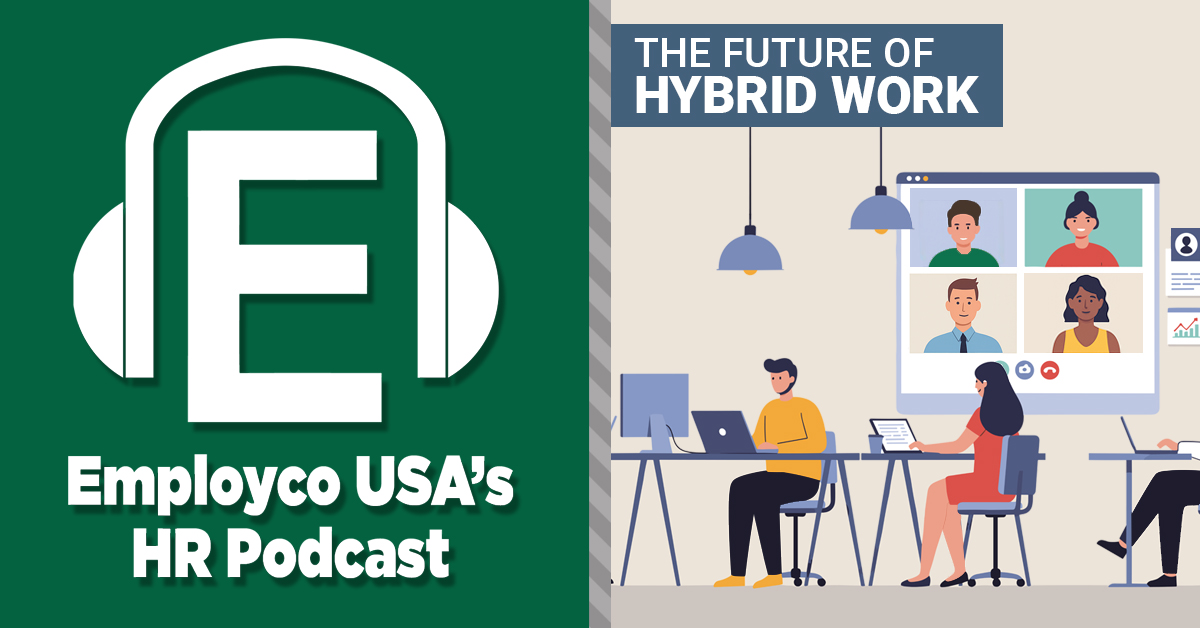In this month’s HR podcast, Rob, Scott, and Jason discuss how artificial intelligence is being used across organizations and what employers should focus on as adoption grows. They cover the importance of employee training and upskilling, how to identify skills gaps, common mistakes to avoid, and why clear AI policies are essential to successful implementation.
For support with AI readiness, training, or policy development, contact hr@employco.com.







